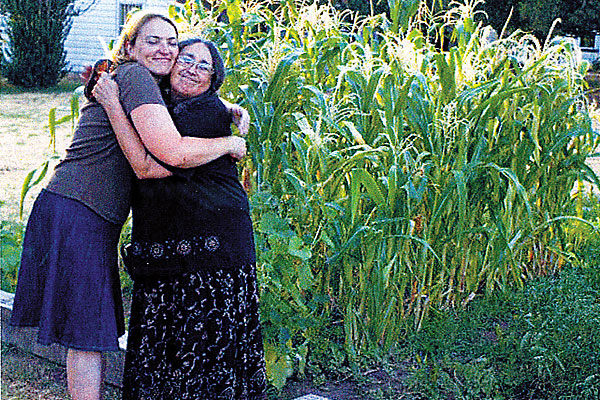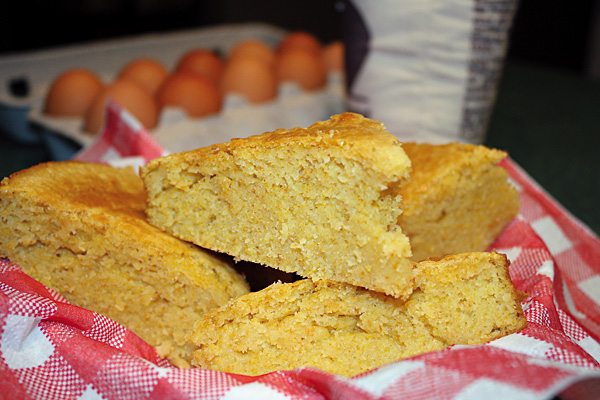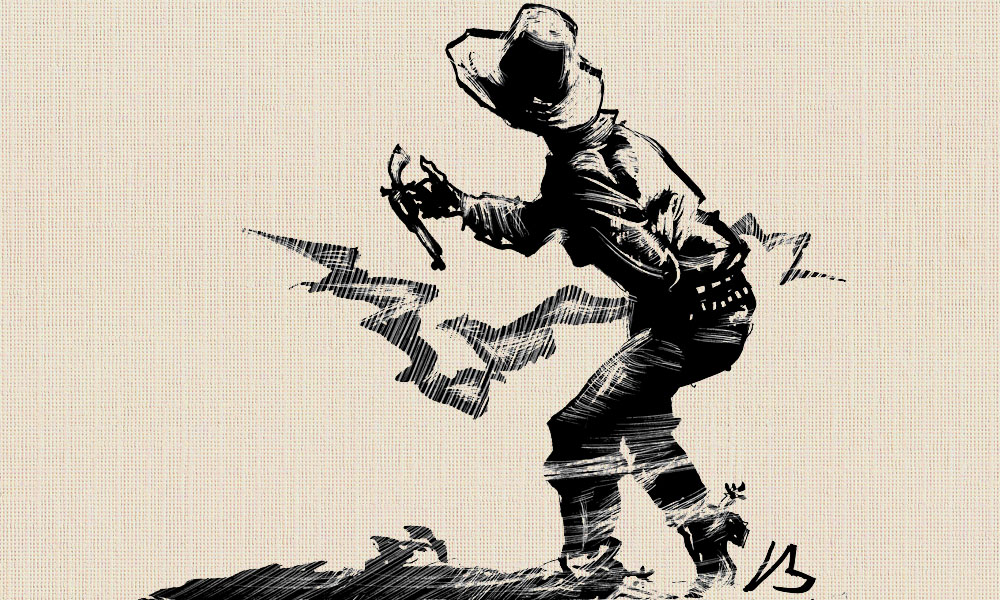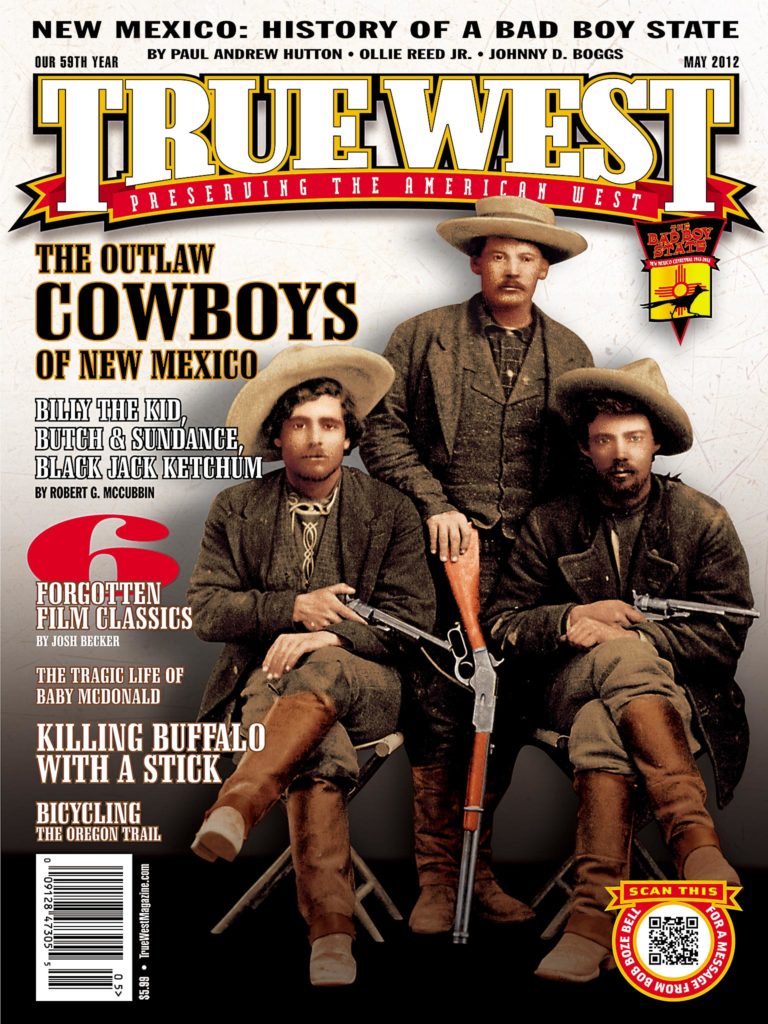 A partnership allows the first Cornhuskers to save the ancient Eagle Corn seed.
A partnership allows the first Cornhuskers to save the ancient Eagle Corn seed.
The last 50 kernels of Eagle Corn were kept in a mayonnaise jar, the last seeds of a mother corn that had nurtured the Pawnee people for generations and was taken with them when they were exiled from Nebraska to Oklahoma in the 1870s.
But the corn wouldn’t grow in Oklahoma. Deb Echo-Hawk, the “Keeper of the Seed,” was worried her people would never eat the beautiful Eagle Corn again—a brand so unique that its pure white kernels sport a purple spot that expands as the corn grows, eventually looking like the spreading wings of an Eagle.
Then she got a call from back home—from the educational director of the Great Platte River Road Archway in Kearney, Nebraska. Ronnie O’Brien explained that since opening day in 2000—the $60 million project built over I-80 commemorates all those who settled the West—she had been hearing the same complaint: “We didn’t tell enough about the Native Americans who had lived here first.”
So O’Brien went to the Pawnee Nation for help in telling their story. She quickly discovered a big part of that story was how they had grown such prodigious corn; to the Pawnee, Nebraska was a “cornhusker state” long before white pioneers came and centuries before the state existed.
That’s the first time O’Brien ever heard of Eagle Corn: “Nothing like that exists on Earth,” she learned.
She also found out that a few years earlier, the tribe had begun its Seed Preservation Project in a last ditch effort to keep several varieties of its mother corns from extinction.
The Pawnee had never entrusted their corn seeds to a non-tribal member before, and it took some discussion before the tribe’s Cultural Committee agreed to send some to O’Brien. “We have very little seed, and if we didn’t trust someone, we might lose it in a bad year,” Echo-Hawk says. “Ronnie being from our homeland made sense.”
So in 2004, some Eagle Corn seeds were sent to Nebraska. “The Pawnee had grown this corn here for 600 years, and they’d been trying to save it since they were forced to Oklahoma in the 1870s. Now we were trying one last time to see if it would grow here again,” O’Brien says.
The first crop didn’t take, but the next year, the last 25 seeds were sent in a desperate effort to keep the Eagle Corn from extinction. That time, O’Brien watched in astonishment. “It was just amazing—I’ve never seen plants just burst from the land like they did; they jumped out of the ground.”
O’Brien laughs about being the “person most unlikely” to grow this special crop. “I grew up in cornfields. I was so tired of corn, I never wanted to grow it again—but this was different,” she admits. “And boy, did it grow; it was home.”
Back in Oklahoma, Echo-Hawk and the Pawnee people know they have saved something precious. “This corn defines us as a people. It’s something that nurtured us for hundreds of years—physically and spiritually,” Echo-Hawk says.
Corn was not just a staple of Pawnee life in Nebraska. It was included in all sacred ceremonies, and warriors wore an ear of corn on their left shoulder for safety during battle.
The project has been so successful, in November 2010, for the first time in 125 years, a Pawnee ceremony in Oklahoma included Eagle Corn soup from corn grown at the archway’s garden.
“This is the best food I’ve ever tasted,” O’Brien says. “It doesn’t taste like corn. It tastes like almonds with cream in it.”
To Echo-Hawk, it is the taste of her ancestors. Now she and O’Brien are working together to help other tribes recapture their agricultural heritage.
For more information, visit the “Pawnee Seed Preservation Project” on Facebook.
Jana Bommersbach has been Arizona’s Journalist of the Year and has won an Emmy and two Lifetime Achievement Awards. She is the author of two nationally-acclaimed true crime books and a member of Women Writing the West.





